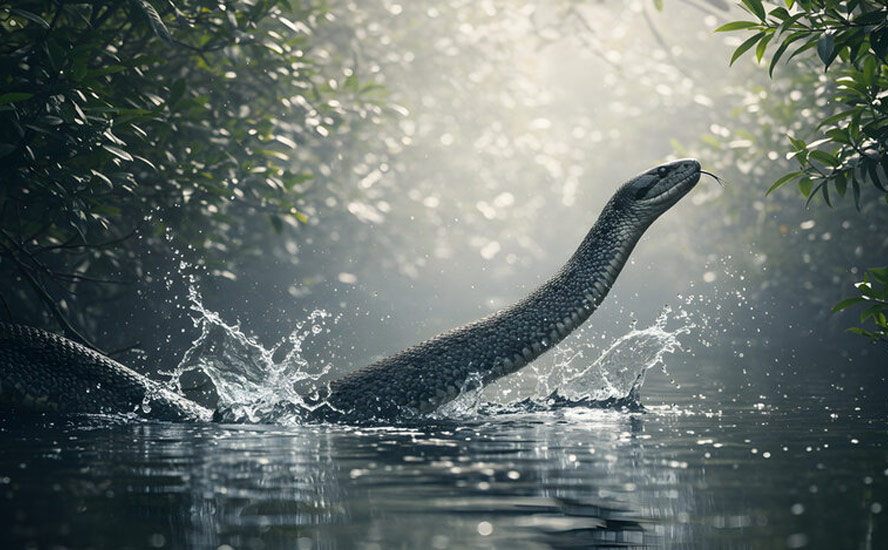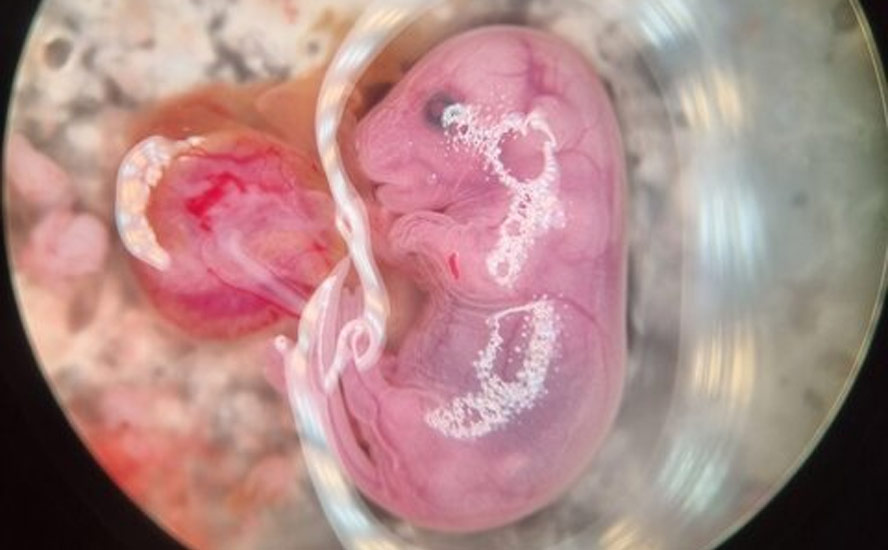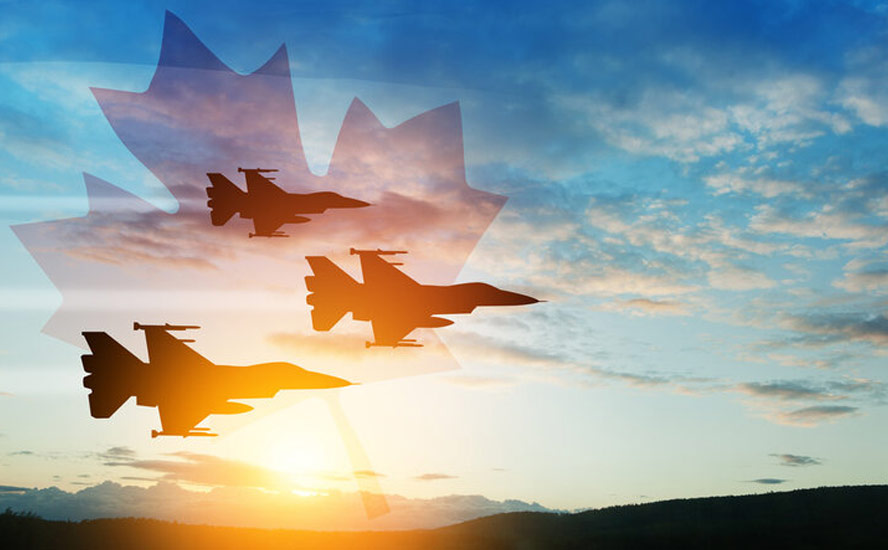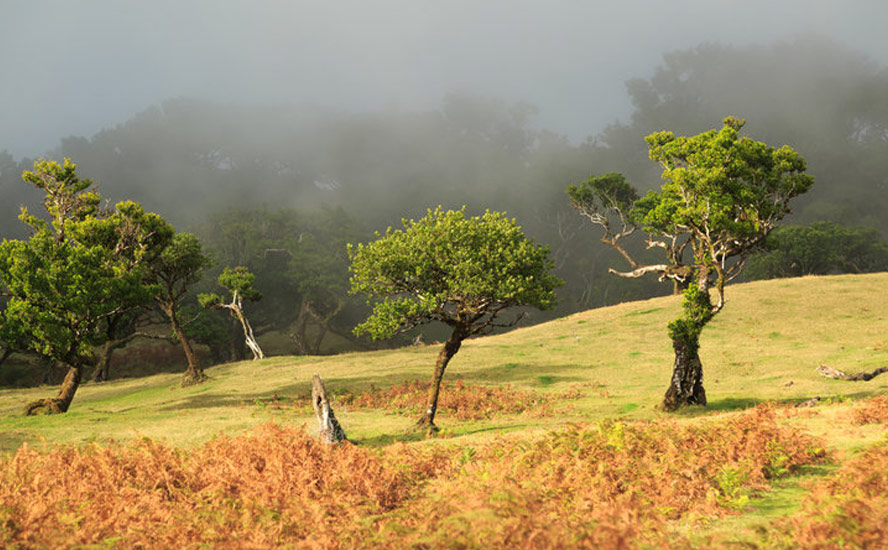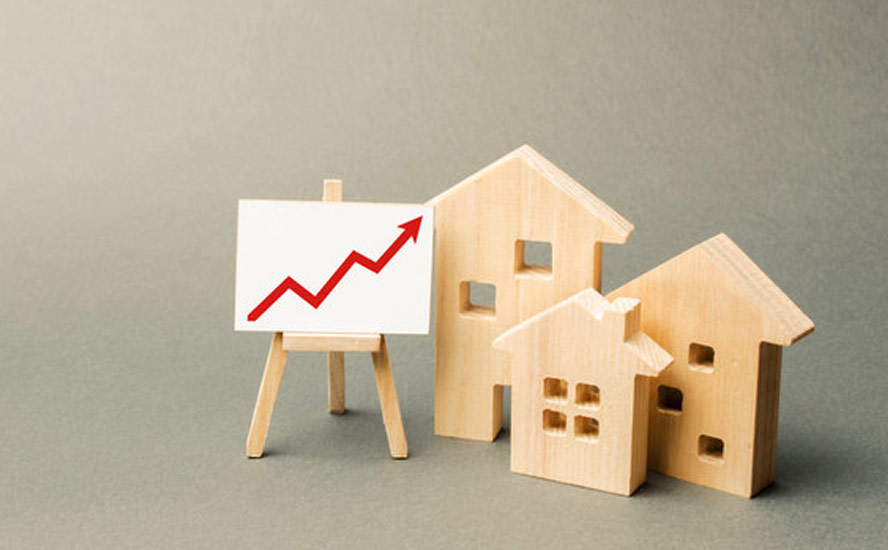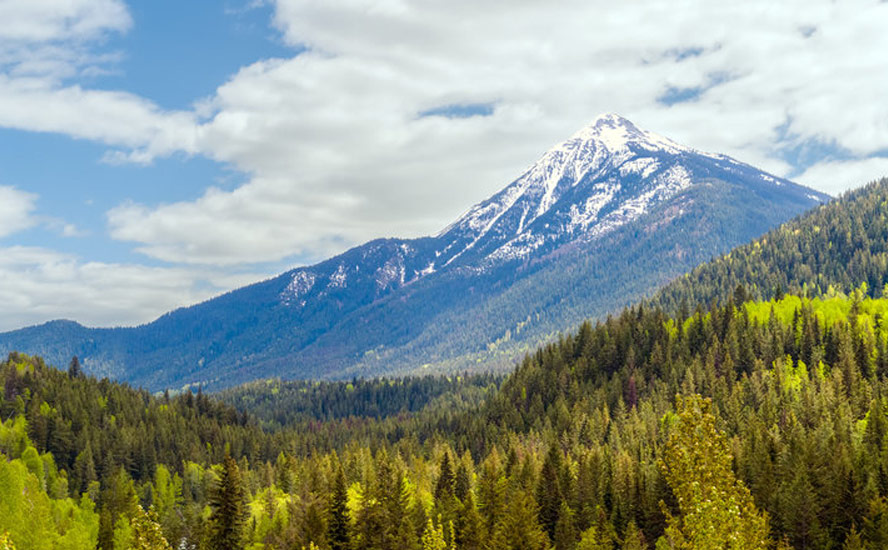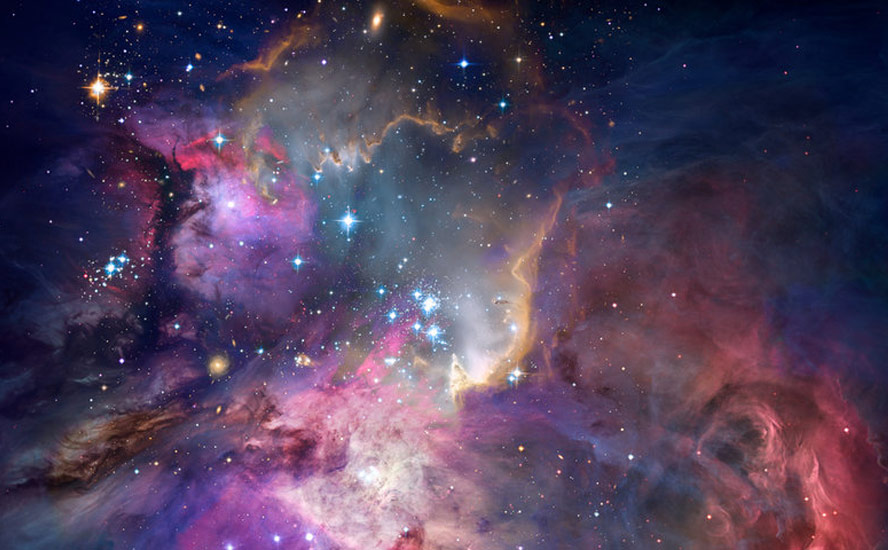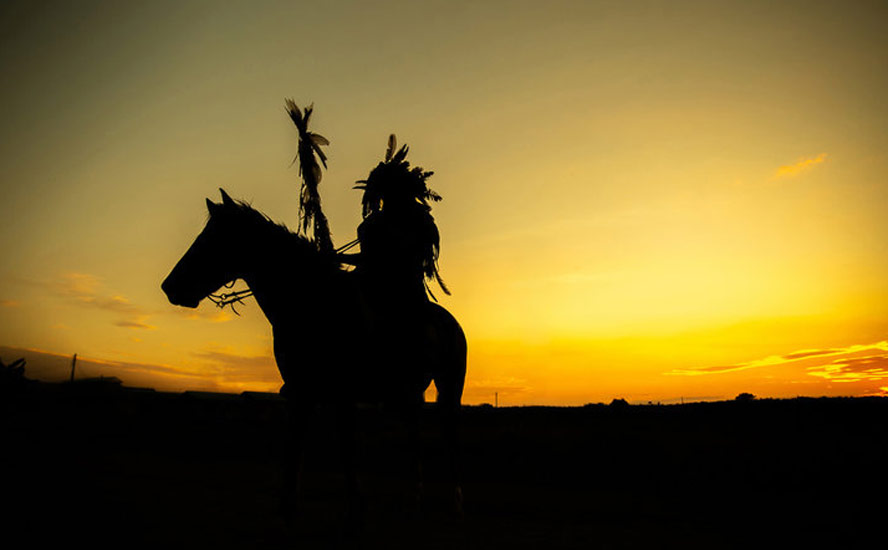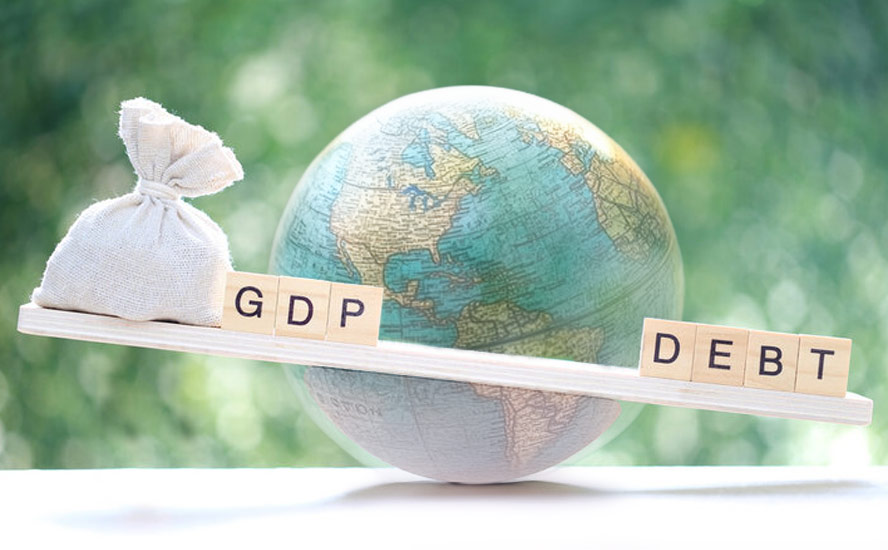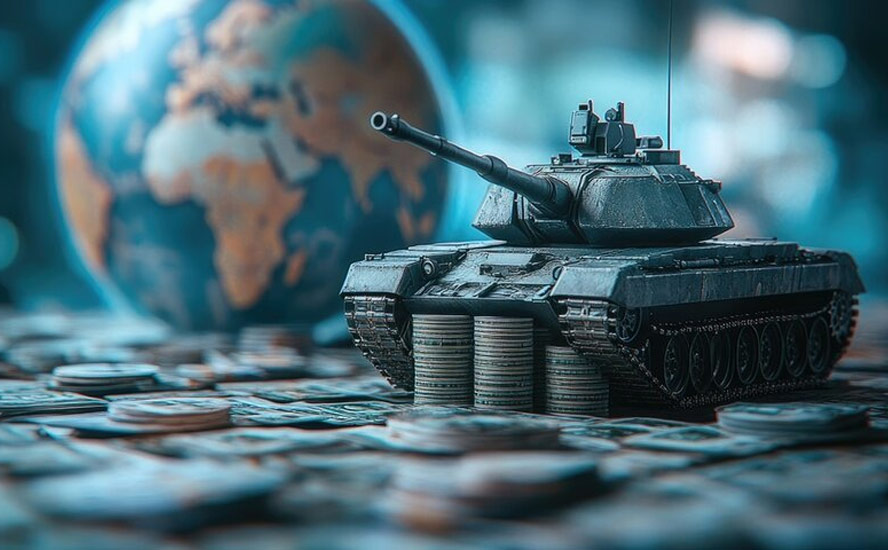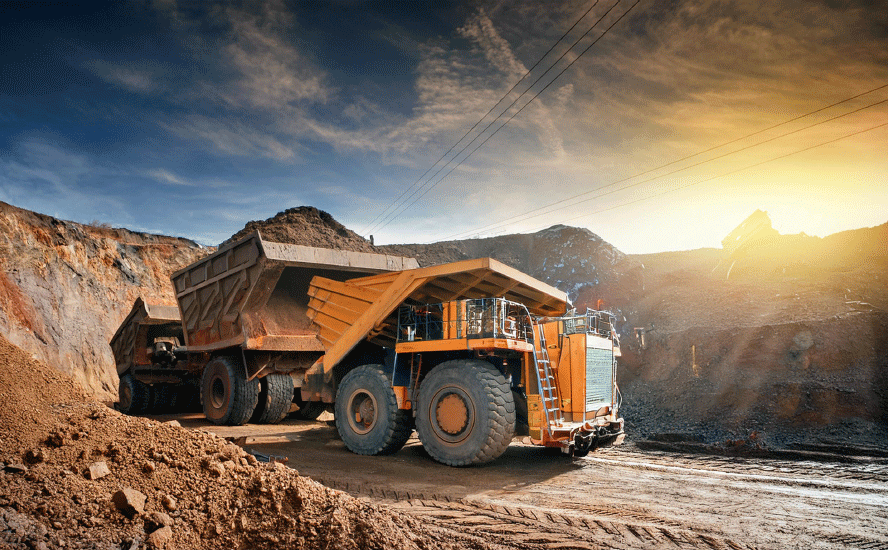Bye Bye BC’s killer whales (updated) – Richard Mills
2022.10.07
Unusually warm weather and forest fires burning into October are two signs that something isn’t right with the climate in British Columbia.
Temperatures are five to eight degrees above normal, and much of the province is experiencing drought conditions — extremely unusual for this time of year. On Oct. 1 the Forest Service warned that Vancouver Island, the inner South Coast and northeastern BC reached the second-most severe level of drought, Level 4, on the five-point rating scale.
As the summer lingers on, the B.C. Wildfire Service is warning that this year’s “very unique fire season” isn’t over yet. The season has been special because it started late due to a delayed snowmelt, then transitioned into hot, dry conditions by July that continue to persist into October. There has been little to no rain in several parts of BC in weeks.
Last Saturday in Coquitlam, an eastern suburb of Vancouver, a late-season wildfire in a regional park quickly went out of control, sending out plumes of smoke that drifted into nearby neighborhoods and municipalities. It is now classified as being held.

In mid-September, growing wildfires in Canada’s westernmost province prompted air-quality warnings and evacuation orders. On Sunday, Sept. 11, Vancouver had the worst air quality in the world.
Despite the wildfire service downgrading the last “fire of note”, according to the B.C. Wildfire Dashboard, on Oct. 5, 186 fires were still burning throughout the province, with 18 starting in the last two days.

Since the 1990s, the number of weather-related disasters around the world has doubled. Examples include forest fires, flooding, aquifer depletion, sea rise, saltwater intrusion, atmospheric rivers, heat domes, hurricanes, severe snow storms and deep freezes.
The fact that we in British Columbia have experienced first-hand, the devastating effects of climate change, first with last year’s “heat dome” that killed over 600 people, second with the “atmospheric rivers” that flooded the Fraser Valley causing billions in damage, and third with this year’s drought and forest fires lasting well into October, makes the BC government’s decision to proceed with a planet-killing liquefied natural gas project all the more puzzling.
LNG Canada
In 2020 British Columbia’s NDP government approved LNG Canada, the first megaproject of its kind to get the green light in this province.
LNG Canada consists of an export plant that cools the natural gas to a liquid using a combination of hydro-electricity and natural gas, states LNG Canada. The pipeline, called Coastal GasLink, is being built and operated by TC Energy. It will extend from the Montney natural gas field in northeastern BC to the LNG terminal in Kitimat. Initially LNG Canada will export LNG from two processing units or “trains” with capacity of 2.1 billion cubic feet of natural gas per day. The plan is to double capacity to four trains, at 5 billion cubic feet per day.
Billed as the largest private-sector construction project in Canadian history, the now-estimated CAD$40 billion development, including a liquefaction plant, pipeline and gas drilling, isn’t slated for completion until mid-decade.
The latest on the project is a quote from Jason Klein, CEO of LNG Canada Development Inc., who says the business case for the second phase “looks very compelling. We have substantially de-risked Phase Two by building Phase One”, which took four years.
In addition to Shell, the LNG Canada consortium includes Mitsubishi Corp., PetroChina Co. Ltd., Korea Gas Corp. and Petroliam Nasional Bhd.
Pipeline politics
Most of the 14 million tons of chilled LNG to be exported each year by tanker is expected to go to Asia, but the added supply in Phase Two is expected to help Europe by displacing gas from other regions, according to a recent Bloomberg story.
Countries in Europe have been desperately trying to reduce their dependence on Russian natural gas used for heating and cooking, ever since the Russian government turned off the taps to Europe following Western sanctions on Russia due to the war in Ukraine.
Meeting with German Chancellor Olaf Scholz in August, Prime Minister Trudeau said he’ll consider easing regulations to allow new natural gas facilities to be built on Canada’s east coast to ship LNG to Europe, where none currently exist.
But Trudeau also said that moving the gas from Western Canada where it’s produced, to the east coast for shipment, would be difficult due to the long distances involved. It’s for that reason that Canadian gas exports to Europe have never been economic, he claims.
The better option, argued the PM, would be for Canada to keep supplying natural gas to global markets via existing pipelines to the United States, then eventually through LNG exports on the West Coast, where the country’s first and only export terminal, LNG Canada, is being built.
In fact the question of Canada supplying liquefied natural gas to Europe is more about politics than economics.
In July, 2021, the Quebec government refused to approve construction of an LNG facility in Saguenay, north of Quebec City, citing opposition from citizens, indigenous communities and environmentalists. The $14-billion project would have taken natural gas fracked from operations in British Columbia and Alberta, and transported it 780 kilometers from northern Ontario to Saguenay, where a plant would be built to cool the gas before it being loaded onto tankers.
But in March of that year, the province’s environmental review agency issued a report critical of the plans to build a plant and marine terminal in Saguenay. It stated that the project was likely to increase greenhouse gas emissions in Canada by eight million tonnes annually. Federal environmental agencies later determined that the project, which would involve tankers moving along the Saguenay River, threatened beluga whales.
Dirty LNG
Back to LNG in BC, Premier John Horgan’s NDP government approved the Site C dam in late 2017, knowing full well that it would be needed to power LNG Canada and future LNG plants, which are in the works. The budget for this obscene megaproject has doubled to $16 billion.
Meanwhile, construction on the Coastal GasLink pipeline that will feed gas to LNG Canada, started in July, 2020. The project has faced opposition from indigenous and environmental activists, including an attack earlier this year on workers’ equipment.
We all need to remember, extracting natural gas through hydraulic fracturing, transporting it to a terminal, and then super-cooling it for transport in tankers, is not clean energy; in fact it’s dirtier than coal.
To turn it into liquid form, the gas must be cooled to 163 degrees below zero. To do that requires a great deal of power, with massive compression units running 24/7. Where does that power come from? In most cases, the same fracked natural gas is used to run the compression units, which defeats the purpose of LNG as “clean”.
According to Wood Mackenzie, LNG will be the biggest source of carbon emission growth by 2025 – due to strong demand from Asian buyers.
The BC government estimates LNG Canada in its first phase will emit 4 megatonnes of greenhouse gases per year (a megatonne is 1 million tonnes). Emissions from the first and second phase would represent nearly three-quarters of the province’s legislated target for greenhouse gas emissions in 2050, set at 13 megatonnes/yr.
Opponents say the project will blow the NDP’s goal of cutting GHGs by 40% by 2030 and 80% by 2050, out of the water.
It’s ironic that we in BC, who purport to be so “green” (former Vancouver Mayor Gregor Robertson wanted to make Vancouver the “greenest city on the planet” with bike lanes; the City voted to ban natural gas, the home heating fuel, by 2050; and the current BC government passed legislation requiring all light-duty cars and trucks to be zero-emissions by 2035) are presiding over an industry that is going to belch natural gas and methane, which is 86 times more damaging than CO2 over a 20-year period.
At the 2021 COP26 climate conference, over 100 countries including the United States and the EU signed a pledge to limit methane emissions by 30% compared with 2020 levels.
Then we’re going to turn around and sell that gas to China, so that it can get off coal and build natural gas plants that will be just as dirty, if not dirtier? How is shipping LNG to Europe going to help the EU to meet is climate goals?
Natural gas is mostly methane (CH4), a potent greenhouse gas that is over 25 times more efficient than carbon dioxide at trapping heat in the atmosphere over a 100-year period. The Global Methane Pledge from COP26 acknowledges that methane is one of the most potent greenhouse gases, responsible for a third of current warming from human activities.
Most methane leaks come from flaring excess NG instead of putting it into a pipeline. The journal ‘Nature’ published a study saying that the US oil and gas industry emits 13 million tonnes of methane a year, which is 60% higher than the EPA’s estimate.
In fact we have a very recent example of what can happen when natural gas pipeline infrastructure is damaged. At the end of September, CNBC reported that unexplained (most believe it to be sabotage) gas leaks along two underwater pipelines connecting Russia to Germany, have sent huge volumes of methane into the atmosphere.
(Neither pipeline was pumping gas at the time of the leaks but both lines were still pressurized)
Video footage from Denmark’s armed forces showed the gas leak creating a surface disturbance of roughly a kilometer in diameter.

Environmental campaigners argue the incident shows the risk of sabotage or an accident makes fossil fuel infrastructure a “ticking time bomb”.
While I’m not usually supportive of that group, in this case I would agree. It’s estimated the climate impact of the leaks is equivalent to around 7.5 million tonnes of carbon. The fact that this is only a fraction of the ~570 million tons of methane emitted globally, illustrates the magnitude of the problem.
An Imperial College London lecturer quoted by CNBC says that even if only one of the two leaking Nord Stream pipes were to release all its contents, it would likely be twice as much methane as the 2015 Aliso Canyon leak in California, the largest known release of methane in U.S. history.
How do we get the natural gas for LNG? We frack it. Most of the conventional natural gas formations in British Columbia have already been depleted. What’s left is “tight gas” trapped in shale rock formations, primarily the Montney in northeastern BC. According to the BC Oil and Gas Commission, only 22% of BC’s remaining natural gas reserves are conventional; the rest are unconventional, which involves fracking.
As use of fracking technology has increased worries are growing about its impact on our fresh water supply.
Fracking just one well can use 2 to 8 million gallons of water with the major components being water (90%), sand or proppants (8-9.5%), and chemicals (0.5-2%). One 4-million-gallon fracturing operation would use from 80 to 330 tons of chemicals and each well will be fracked numerous times. Many of these chemicals have been linked to cancer, developmental defects, hormone disruption, and other conditions. The water gets contaminated after the fracking process and is disposed of in tailings ponds or is injected into deep underground reservoirs.
Cracked wells and rock movement frequently leak fracking fluid and gases into nearby groundwater supplies. Fracturing fluid leak-off (loss of fracturing fluid from the fracture channel into the surrounding permeable rock) can exceed 70% of injected volume.
Methane concentrations are 17 times higher in drinking-water wells near fracturing sites than in normal wells. Hydraulic fracturing increases the permeability of shale beds, creating new flow paths and enhancing natural flow paths for gas leakage into aquifers.
Fracking has also caused benzene poisoning among pregnant women in northeastern BC – natural gas country – and is known to cause earthquakes.
In other cases it has depleted water supplies, depriving other users of necessary irrigation or drinking water. The need for so much fresh water in the fracking process has resulted in the construction of at least 90 unlicensed dams in northeastern BC, some of which may be unsafe.
In fact there is evidence of a government cover-up of the risk fracking presents to dam safety. The Canadian Center for Policy filed a Freedom of Information request with BC Hydro, asking the Crown corporation whether fracking could trigger earthquakes that cause Peace River dams to collapse.
According to The Narwhal, even before a fracking boom gets underway in the Peace region to support LNG Canada, there are over 11,000 inactive fracking wells in BC that need to be decommissioned and rehabilitated.
Killer whales and LNG
According to The National Post, LNG will bring more marine traffic to BC’s waters than the current Trans Mountain Expansion Project will – about 350 LNG tankers per year compared to 300 oil tankers.
It has long been suspected that engine noise from freighters, cruise ships and other large vessels disturbs cetaceans, the family of marine mammals that includes whales, porpoises and dolphins. A few years ago, researchers found that male humpback whales swimming close to freighters stop “singing” to attract females. They also noticed that the noise from the ships impacted the ability of the whales to navigate and to identify food, a process known as echolocation. Cetaceans use sound to bounce off salmon and other prey in order to locate them.
A similar study was done with killer whales, up the US West Coast as far as Puget Sound.

Noise from the loudest ships was found to be 173 underwater decibels, which equates to around 111 dB in air — around the same level as a loud rock concert.

Note that as the oceans warm due to climate change they become more acidic due to increased CO2 absorption — this change in ocean acidity will allow sounds to travel up to 70% farther underwater. This will increase the amount of noise, further affecting the behavior of marine mammals like killer whales, including their ability to mate.
Drought kills salmon
It turns out that BC’s orcas have more to worry about than loud LNG tankers and other ships interrupting their feeding and mating habits.
Salmon are the main part of the killer whale’s diet (the giant cetaceans also target seals, sea birds, other whales larger than themselves, and even Great White sharks). Tourists flock to the Pacific Northwest to catch a glimpse of southern-resident killer whales, which are on the Endangered Species List in Canada and the United States.
If killer whales eat salmon and salmon runs are impacted by extreme heat, droughts, landslides and floods, to name a few recent causes of salmon habitat destruction, on top of the BC government’s plans for more tankers carrying liquefied natural gas in orca waters, it’s worth asking: do increasingly intense atmospheric rivers, heat domes and the exporting of LNG to Asia spell the death of BC’s killer whales?
Both Atlantic and Pacific salmon are cold-water fish, meaning they do best at temperatures in the mid-teens. Warmer water holds less oxygen, making it harder for fish to breathe. The heat also makes it challenging to swim and can stress them when they are trying to get to spawning grounds. Some don’t survive to spawn, while others produce less healthy offspring.
On top of extreme heat, climate change is causing drier conditions that affect river flows and temperatures. For example shrinking glaciers and smaller snowpacks reduce the amount and depth of water, causing them to heat up more quickly.
People are also taking too much groundwater that would otherwise seep into streams. Deforestation from wildfires, pests like the mountain pine beetle, and clearcut logging, have all increased erosion and landslides, which have destroyed or threaten to wreck spawning grounds and impede spawning salmon from continuing their lifecycle.
This week, the Globe and Mail showed evidence of what looks like thousands of dead salmon, lying in a dried-out creek bed near Bella Bella, on British Columbia’s central coast.

According to William Housty, a conservation manager with the Heiltsuk First Nation, “We’ve had such a dry summer and fall. Salmon are returning to spawn, but water levels continue to drop, and they are running out of space and oxygen.”
Creeks throughout the nation’s 17,000 square-kilometer territory are low. Housty said he’s never seen such severe drought conditions in his lifetime, telling the Globe, “Generally, by this time of year, it’s the heavy rain that’s causing problems.”
It’s always been thought the plight of BC’s salmon stocks are connected to the dwindling numbers of killer whales. Now a UBC study proves it.
The CBC reported in June that the new study, into British Columbia’s endangered southern-resident orcas, found the animals have for years faced dietary deficiencies, getting 17% less food than needed.
Killer whales need to eat 170,000 calories a day, compared to around 2,000 for a human.
In examining how abundant their main food source — Chinook, chum and coho salmon — were in the areas orcas frequent over a four-decade period, the UBC researchers found that for six of the last 40 years, southern residents have not had enough to eat.
According to CBC, Experts say a decline in the population of southern resident killer whales is most likely due to a combination of factors including shipping noise, pollution in their habitats, and declining Chinook salmon numbers…
Only about 75 southern residents remain, despite several promising pregnancies and births in recent years.

Source: National Oceanic and Atmospheric Administration (NOAA)/ Ocean Wise
Conclusion
Whether or not you believe global warming is human-caused or the result of the Earth’s natural warming and cooling cycles (we at AOTH lean towards the latter), there is no denying that climate change is happening all around us, and a lot quicker than most had expected.
One of the known impacts is a higher frequency of storms that are also of greater intensity. Warming waters fueled by climate change give hurricanes more energy to release through winds and waves. Global warming is also thought to make storms move slowly, giving them more opportunity to strengthen and do damage.
According to NASA, Based on current climate model projections, the researchers concluded that extreme storms may increase 60 percent by the year 2100.
The United States just experienced one of its worst hurricanes in recent memory. According to the Washington Post, when Ian made landfall in southwest Florida as a Category 4 hurricane, it carried with it maximum sustained winds of 150 mph and a minimum central pressure of 940 millibars. That makes Ian the 37th major hurricane to strike Florida, and only the 15th to be rated Category 4 or higher. The hurricane is also in an eight-way tie for being the fifth strongest to hit the United States. The strongest was the Labor Day hurricane of 1935, which came ashore in Florida with sustained wind speeds of 185 miles per hour — ranking it a Category 5.

Satellite image shows lightning surrounding Hurricane Ian’s eye while approaching Florida. Source: National Oceanic and Atmospheric Administration (NOAA)

As NASA says, we should expect more hurricanes and major storms to occur over the next several decades. Presumably we should also expect more droughts— the United States in the 22nd year of a “megadrought” — which have negative impacts not only on fresh water supplies and crops, but on salmon that need the creeks to be high enough for them to swim up to spawn. As salmon runs decline, the favorite food of killer whales is becoming harder to find. When you combine that with an increasing number of commercial vessels, whose loud engines make it difficult for the animals to find food and mates, it’s no wonder that orcas are on the Endangered Species List.
BC’s foolish pursuit of liquefied natural gas is only going to make global temperature rise worse, as millions of tonnes of greenhouse gases, most of it extremely-potent, 86-times-worse-than-CO2 methane, is spewed into the atmosphere through fracking, pipeline leaks, and the liquefaction process.
The argument that LNG is better for the environment than coal, and by selling it to Asia we are improving the climate, is ridiculous. The Chinese, the Indians, and Germany, by the way, continue to rely on coal for energy and if they do build natural gas plants, they will be just as dirty, if not dirtier, than what LNG Canada is planning.
Going, going, gone. If you’ve never seen a killer whale in the wild, you’d best go whale-watching soon. BC’s plans for LNG are accelerating the extinction of these magnificent creatures and putting the province on the wrong side of global warming mitigation.
Richard (Rick) Mills
aheadoftheherd.com
subscribe to my free newsletter
Legal Notice / Disclaimer
Ahead of the Herd newsletter, aheadoftheherd.com, hereafter known as AOTH.
Please read the entire Disclaimer carefully before you use this website or read the newsletter. If you do not agree to all the AOTH/Richard Mills Disclaimer, do not access/read this website/newsletter/article, or any of its pages. By reading/using this AOTH/Richard Mills website/newsletter/article, and whether you actually read this Disclaimer, you are deemed to have accepted it.
Any AOTH/Richard Mills document is not, and should not be, construed as an offer to sell or the solicitation of an offer to purchase or subscribe for any investment.
AOTH/Richard Mills has based this document on information obtained from sources he believes to be reliable, but which has not been independently verified.
AOTH/Richard Mills makes no guarantee, representation or warranty and accepts no responsibility or liability as to its accuracy or completeness.
Expressions of opinion are those of AOTH/Richard Mills only and are subject to change without notice.
AOTH/Richard Mills assumes no warranty, liability or guarantee for the current relevance, correctness or completeness of any information provided within this Report and will not be held liable for the consequence of reliance upon any opinion or statement contained herein or any omission.
Furthermore, AOTH/Richard Mills assumes no liability for any direct or indirect loss or damage for lost profit, which you may incur as a result of the use and existence of the information provided within this AOTH/Richard Mills Report.
You agree that by reading AOTH/Richard Mills articles, you are acting at your OWN RISK. In no event should AOTH/Richard Mills liable for any direct or indirect trading losses caused by any information contained in AOTH/Richard Mills articles. Information in AOTH/Richard Mills articles is not an offer to sell or a solicitation of an offer to buy any security. AOTH/Richard Mills is not suggesting the transacting of any financial instruments.
Our publications are not a recommendation to buy or sell a security – no information posted on this site is to be considered investment advice or a recommendation to do anything involving finance or money aside from performing your own due diligence and consulting with your personal registered broker/financial advisor.
AOTH/Richard Mills recommends that before investing in any securities, you consult with a professional financial planner or advisor, and that you should conduct a complete and independent investigation before investing in any security after prudent consideration of all pertinent risks. Ahead of the Herd is not a registered broker, dealer, analyst, or advisor. We hold no investment licenses and may not sell, offer to sell, or offer to buy any security.
Legal Notice / Disclaimer
Ahead of the Herd newsletter, aheadoftheherd.com, hereafter known as AOTH.Please read the entire Disclaimer carefully before you use this website or read the newsletter. If you do not agree to all the AOTH/Richard Mills Disclaimer, do not access/read this website/newsletter/article, or any of its pages. By reading/using this AOTH/Richard Mills website/newsletter/article, and whether you actually read this Disclaimer, you are deemed to have accepted it.

